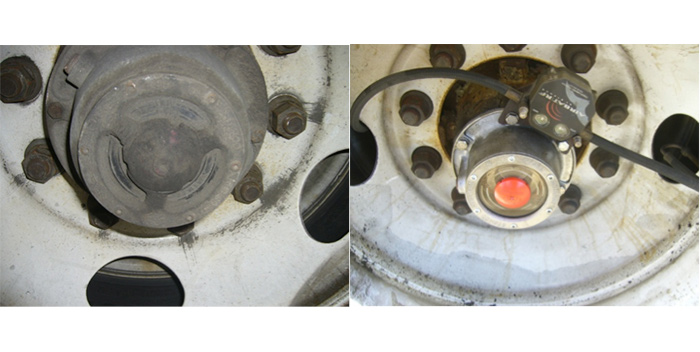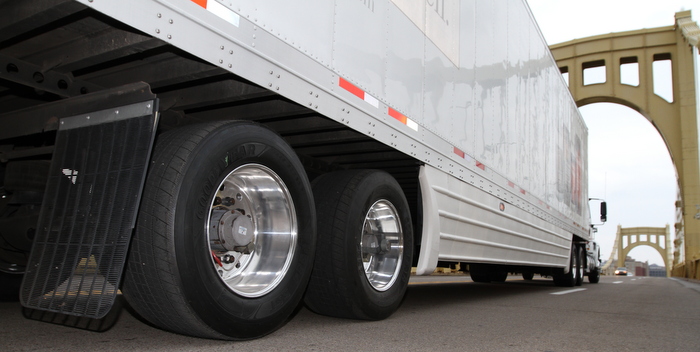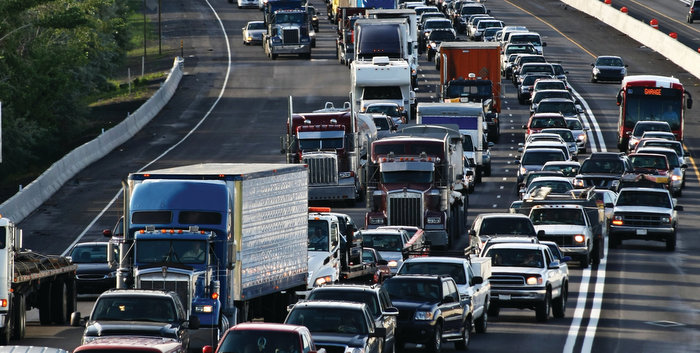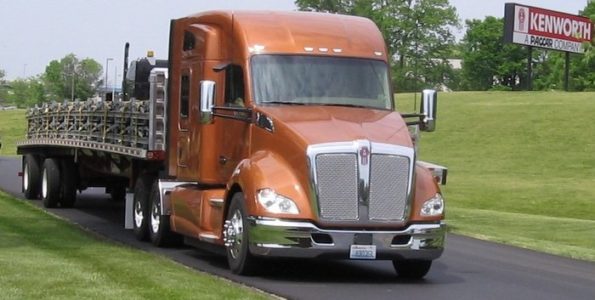Aerodynamic trucks are a hot topic right now. Some figuressuggest that proper truck aerodynamics might save as much as 15% to 20% on fuelcosts. For a truck that runs 100,000 miles per year at $4 per gallon for fuel,the savings could be much as $10,000, perhaps more.
All of the major truck OEMs are now working to add moreaerodynamic vehicles to their product lines, with more on the way, I am sure.They have restyled cab exteriors to increase air flow and reduce drag, and theyare employing more truck roof fairings to increase aerodynamic efficiency, cabextenders to reduce the gap between the tractor and trailer, as well as addingside fairings and a front bumper air dams to increase efficiency and lower fuelrequirements.
Other offerings include trailer side skirts and moving thetrailer as close to the cab as possible to offer more efficient airflow anddecrease the amount of fuel required. Air tabs on the back of a trailer alsomay be a worthwhile investment. As for flatbed trailers, some suppliers suggestthat there is a gain in aerodynamic efficiency just by arranging the tarps tomake airflow smoother.
But let’s look into this a little more. We know that dieselfuel prices are a concern, even though they are less of an issue at the startof this year than last. We also know that aerodynamic “add-ons” have beenavailable for vehicles for many years. Add to this the fact that in the last 12to 24 months we have seen an increase in truck OEM development of moreaerodynamic trucks. You may ask yourself, “What’s behind all this?” If youanswered more fuel efficiency, you’re half right. If you answered more fuelefficiency from new engines that are encumbered with aftertreatment devices tocomply with more stringent EPA rulings, you get an A+.
While the ’07 and upcoming 2010 engines are moresophisticated because of changes made to lower NOx and particulate levels, theymay have gone as far as we can go mechanically and with the ECM to provideoptimum fuel efficiency. So, finding alternative solutions to increase fueleconomy is becoming more important.
This may be a simplification of all the factors involved ingetting the best fuel efficiency. Obviously, drivers and idling time alsofigure significantly in the fuel economy equation, but putting those variableissues aside, it appears we are left with aerodynamic changes to the exteriorof vehicles and new, more fuel-efficient tires to help increase MPGs –– for thetime being anyway.
As for the future, it is interesting to note thatscientists at the Georgia Tech Research Institute are working on a circulationcontrol system for heavy trucks. They’ve found a way to make air blow in asteady current around the back of the truck to lessen the drag. Adding curvedbumpers on the rear and linking each to a blower that pushes air through themand out the side of the rig is supposed to reduce drag and also help push thevehicle forward. Tests have shown the system to reduce drag by 32% andtherefore reduce fuel consumption by 12%. There are a few issue, however. Forinstance, how to make the air blow, but they’re working on that and we’ll keepyou posted.









